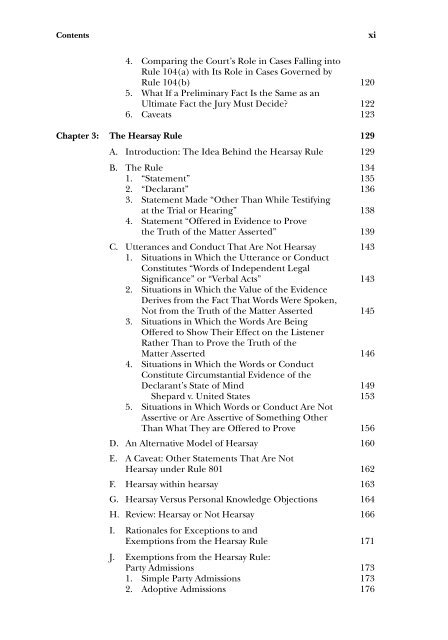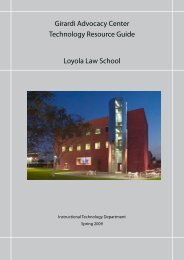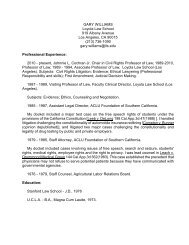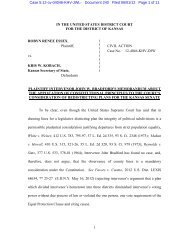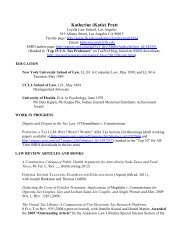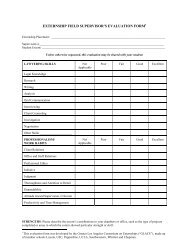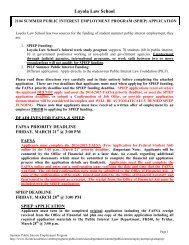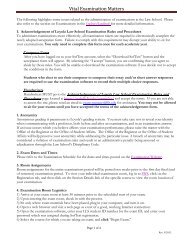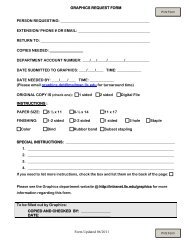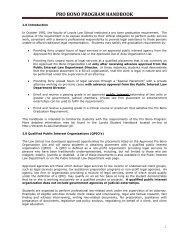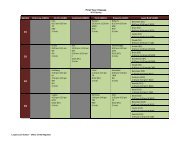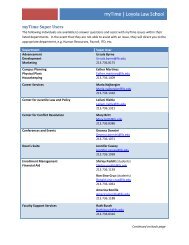Table of Contents -- Evidence: A Structured Approach
Table of Contents -- Evidence: A Structured Approach
Table of Contents -- Evidence: A Structured Approach
You also want an ePaper? Increase the reach of your titles
YUMPU automatically turns print PDFs into web optimized ePapers that Google loves.
<strong>Contents</strong><br />
xi<br />
4. Comparing the Court’s Role in Cases Falling into<br />
Rule 104(a) with Its Role in Cases Governed by<br />
Rule 104(b) 120<br />
5. What If a Preliminary Fact Is the Same as an<br />
Ultimate Fact the Jury Must Decide 122<br />
6. Caveats 123<br />
Chapter 3: The Hearsay Rule 129<br />
A. Introduction: The Idea Behind the Hearsay Rule 129<br />
B. The Rule 134<br />
1. “Statement” 135<br />
2. “Declarant” 136<br />
3. Statement Made “Other Than While Testifying<br />
at the Trial or Hearing” 138<br />
4. Statement “Offered in <strong>Evidence</strong> to Prove<br />
the Truth <strong>of</strong> the Matter Asserted” 139<br />
C. Utterances and Conduct That Are Not Hearsay 143<br />
1. Situations in Which the Utterance or Conduct<br />
Constitutes “Words <strong>of</strong> Independent Legal<br />
Significance” or “Verbal Acts” 143<br />
2. Situations in Which the Value <strong>of</strong> the <strong>Evidence</strong><br />
Derives from the Fact That Words Were Spoken,<br />
Not from the Truth <strong>of</strong> the Matter Asserted 145<br />
3. Situations in Which the Words Are Being<br />
Offered to Show Their Effect on the Listener<br />
Rather Than to Prove the Truth <strong>of</strong> the<br />
Matter Asserted 146<br />
4. Situations in Which the Words or Conduct<br />
Constitute Circumstantial <strong>Evidence</strong> <strong>of</strong> the<br />
Declarant’s State <strong>of</strong> Mind 149<br />
Shepard v. United States 153<br />
5. Situations in Which Words or Conduct Are Not<br />
Assertive or Are Assertive <strong>of</strong> Something Other<br />
Than What They are Offered to Prove 156<br />
D. An Alternative Model <strong>of</strong> Hearsay 160<br />
E. A Caveat: Other Statements That Are Not<br />
Hearsay under Rule 801 162<br />
F. Hearsay within hearsay 163<br />
G. Hearsay Versus Personal Knowledge Objections 164<br />
H. Review: Hearsay or Not Hearsay 166<br />
I. Rationales for Exceptions to and<br />
Exemptions from the Hearsay Rule 171<br />
J. Exemptions from the Hearsay Rule:<br />
Party Admissions 173<br />
1. Simple Party Admissions 173<br />
2. Adoptive Admissions 176


